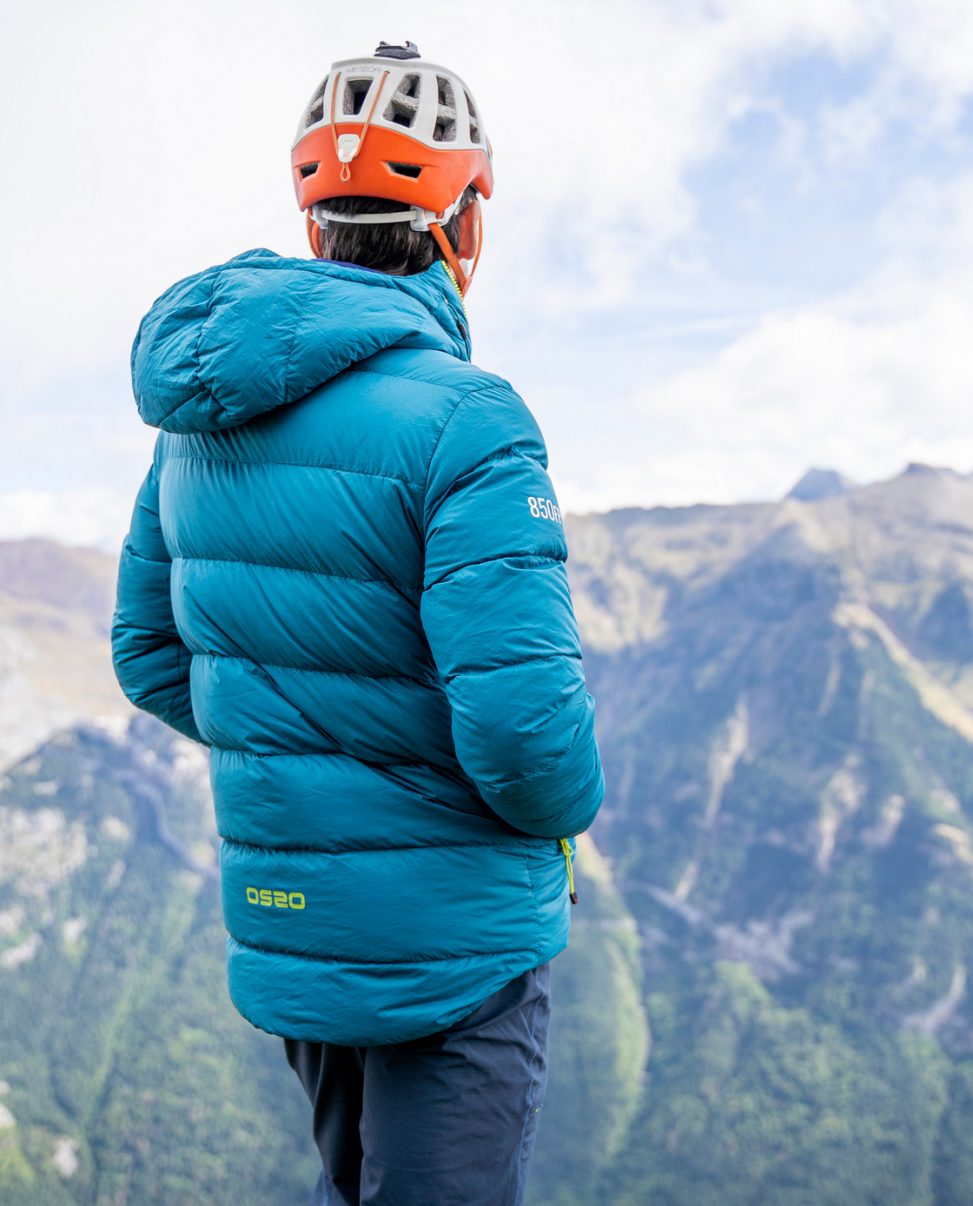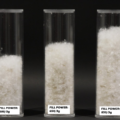By OS2O Design Team,
If you ask any outdoor enthusiast what their most used piece of equipment is, the answer is likely to be their down jacket. Good care and maintenance of a down-filled garment is vitally important to keep it performing as well as it did on the first day and significantly extend its lifespan.
Especially in cold climates, down is perhaps the best insulator you can choose, offering an unbeatable warmth-to-weight ratio. As an insulating material, down does an outstanding job of keeping you warm, as well as being lightweight and easy to store.
Washing:
Down is delicate, so avoid washing the jacket in a top-load washing machine. Therefore, OS2O recommends washing down-filled garments separately if possible, or with soft, fabric-friendly laundry.
Down, in particular, requires a gentle cleaner without harmful chemical detergents. As such, we recommend using a front-loading washing machine and a cold wash cycle. Also, to ensure the safety of the garment, before washing your down-filled products, be sure to close all zips.
The key is to use a detergent specifically for down cleaning. In our tests, the best performer is Nikwax® Down Wash Direct technical product, which is specially formulated to wash down without affecting its performance.
For technical down products such as OS2O garments, we do not recommend dry cleaning or hand washing.
If your down-filled garment has a stain on the fabric that has dried out, such as mud or a liquid substance, we recommend first wiping it with a damp cloth to remove any remaining dust and dryness. If you have oil or similar stains, you can use a stain remover for that particular section, as long as you rinse the garment thoroughly before washing with Nikwax® detergent.
Rinse and spin:
You don’t need a special washing machine for this type of garment. The strictest rule is to rinse, spin and spin again. Using Nikwax® Down Wash Direct, we recommend spinning up to three times. A gentle spin at 500 rpm is the most correct option (spin would be the recommended cycle, with a normal wash load). We do not recommend cycles above 600 rpm as this can cause the feather to come out of the seams and is unnecessary wear and tear on the garment. In addition, it is important to remove as much water as possible before drying the garment; this not only reduces the drying time but also ensures that the jacket’s efficiency will last longer.
WARNING! If you don’t have a washing machine with a spin option, don’t rush! First, take the jacket out of the washing machine and lay it flat on a bench or stool. You can gently wring out the jacket to expel the water, but do not wring out the garment by twisting it: the aim is to remove the water, not to squeeze out the feather.
It is normal for some feather filaments to protrude through the seams, don’t worry, and above all don’t pull them out, even when wet the feathers are held together by their filaments if you pull on the one you can pull out several.
Drying:
The down will be caked from going through the washing machine. This is normal, do not be alarmed. Feather, being a natural material, absorbs water, which causes it to collapse at the bottom of each of the seams. It is therefore essential to dry it completely in order to recover its function.
If you have a tumble dryer, you can use it to dry feather-filled garments without any problem, as long as it is at a low temperature so as not to damage the treatments or the fabric.
If not, natural drying should be used. At this point, the jacket will be damp and should be air-dried. Depending on the humidity, air-drying a down jacket can take up to 5 days to allow the feather to naturally unravel and regain its full volume.
If not, you should opt for natural drying. At this point, the jacket will be damp and should be air-dried. Depending on the humidity, air-drying a down jacket can take up to 5 days to allow the feather to naturally un-feather and regain its full volume.
Once those 5 days have passed (or more, depending on the weather and where it has been drying), you can gently compress and expand it a few times to bring it back to full volume. As we have already mentioned, the feather works by trapping warm air, so once the fabric is dry, wearing the garment for a few minutes a day will help considerably to make the drying process faster and more homogeneous. We also recommend that you keep the zips closed during the drying process.
When the feather-filled garment is dry, it will not only look shiny but will also be puffier than before washing, as a feather that has been cleaned of dust and dirt regains its ability to puff up.
DWR (Durable water repellency) treatments:
Garments with OS2O down filling have a water-repellent treatment on the outer fabric. After washing this treatment needs to be renewed. Our recommendation is to use Nikwax® Down Proof specifically for this purpose.
Storage:
Last but not least, in order to continue to ensure the best care for this type of garment we recommend storing it hanging in a wardrobe or on a hanger.
There is nothing wrong with compressing your down jacket for a few days in a backpack (in fact, one of the special features of down jackets is their ability to compress and take up very little space), but storing it for months in a compressed state will damage the down. When not in use, hang your down jacket in a wardrobe or on a coat rack. As well as protecting the insulation, it also allows the jacket to dry and ventilate, which helps maintain a fresh smell.
Don’t forget:
The lifespan of your down-filled garment is determined by how you treat it. Look after it properly and you’ll enjoy years of comfort in a piece of kit that will gain character as the miles and stories add up.





Deja una respuesta